In a scavenging trip with a friend, I came across this print of Shakespeare’s Ophelia from Hamlet, etched and engraved by Charles Alphonse Deblois in 1874 (after the painting by James Bertrand in 1872). The paper prints I’ve seen online date to before 1900, and it is possible this is one of those but I have no idea. I do know it has some mold and discoloration, and the paper is of very high quality. The print itself – oh my! I bought it because I like the style of art, but I hadn’t studied it until I was up close deciding where to place embroidery threads. Deblois was a master, through and through. I must now see the original some day, if the Philadelphia Museum of Art would ever allow it.
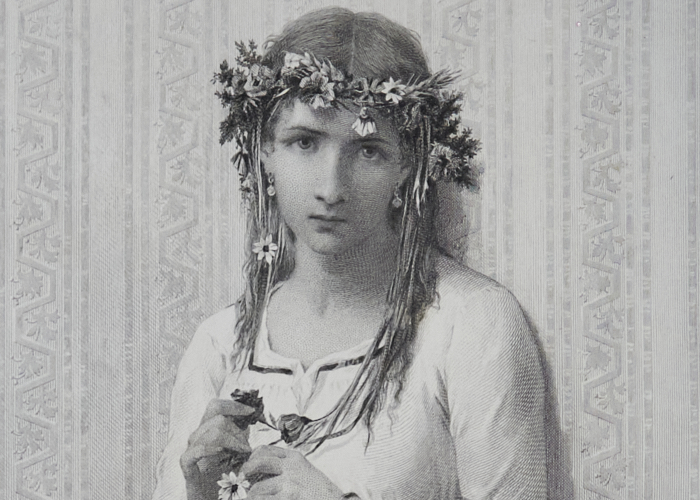
This project served two purposes, and the first was not that it was the end result in itself; that was its second. I have another (modern) print I picked up and was curious how stitching into the paper might work out, so before I ruined that lovely print, I needed one to test the idea on. Ophelia served that purpose. As my love for this print grew, I actually did a pre-test on my Camus + Mucha project, you may recall, because I didn’t want to screw up Ophelia, either.
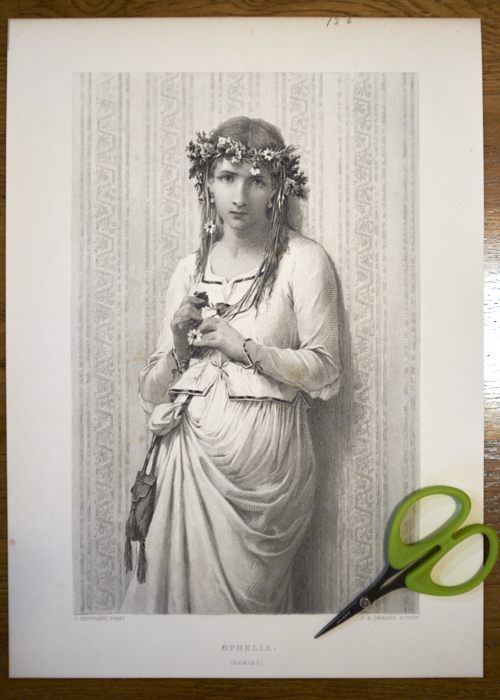
From a distance, I think it looks like she’s been hand colored or painted in spots, but actually, this is all just straight stitching with embroidery thread. I couldn’t be more pleased with how it turned out! I chose colors based on what I had on hand and what I felt looked right for the floral type, not what the original Bertrand painting had, or what the hand-colored Deblois print used.
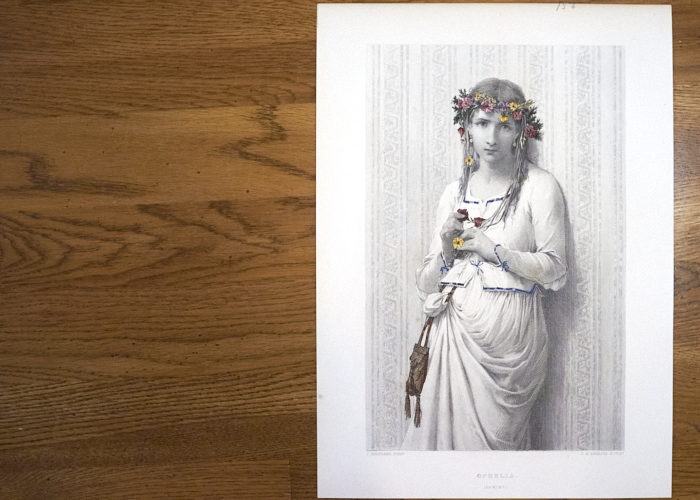
It is also almost a trick of the eye, where the 3D effect of the thread and shadows it casts makes the flowers look almost real and the ribbon an actual shiny satin, if in miniature.
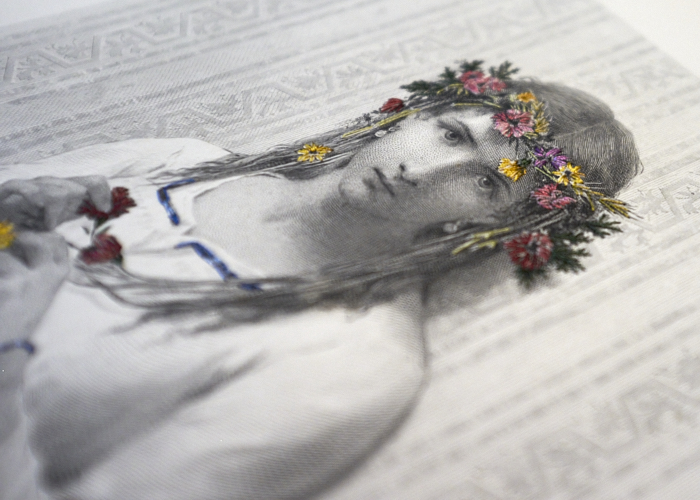
When I planned for this project, I had no idea I would fall in love with it so much. I kind of thought the stitching would be obvious, and even tacky, maybe.
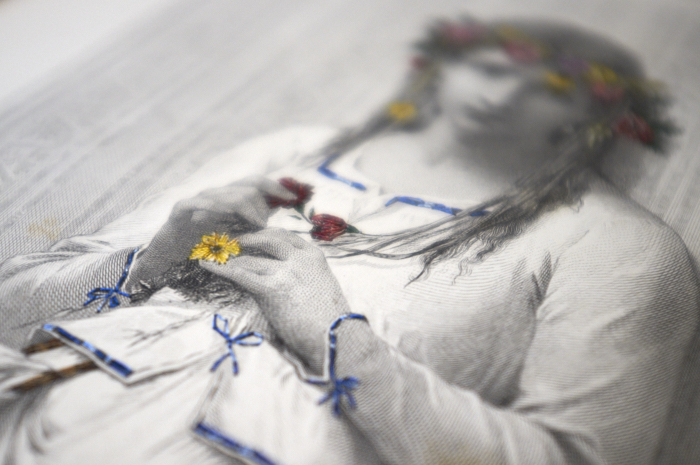
Up close, those descriptors might be accurate, but art on the wall is hardly ever viewed up close. The part that does bug me from far away is the mold and discoloration, though. I try to just think about those as reminders to how old the print is, and use them to justify adding my own personal touch onto an outstanding-in-its-own-right piece of art by a true professional.
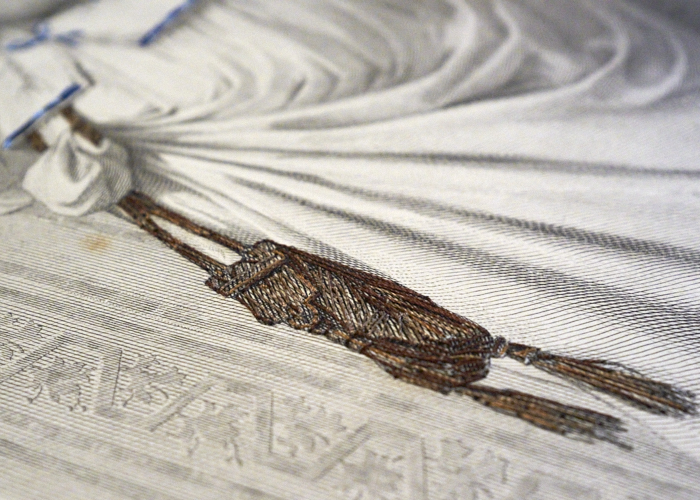
A part of me wonders if I should have kept going. I think I could have added color to her hair, gown, and even wallpaper. But my original idea was just a hint of color so I’ve stopped here (I also phoned in some outsider opinions). Further, being so enamored with Deblois’s print, I wanted to leave much of that available for viewing. As it was the only Ophelia print available, my idea to experiment more on a second copy fell through. Though threads can always be removed, I would rather err on the side of too little than too much since holes in paper are quite a different beast than a needle ran through fabric.
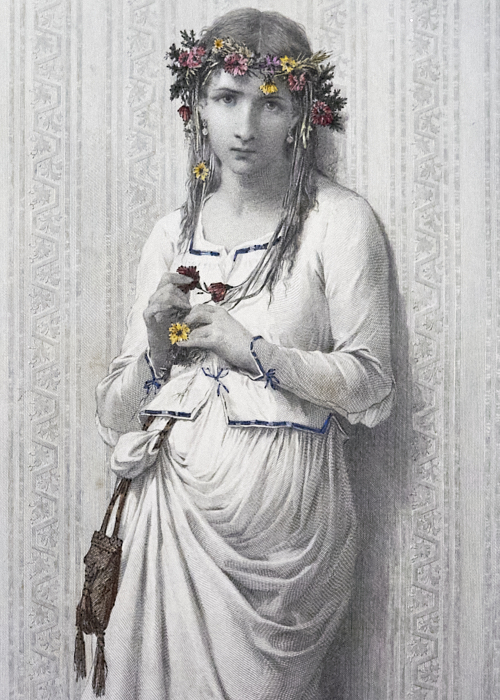
So that’s it, my Ophelia print with embroidery – a simple project that has since turned into one of my favorites:)

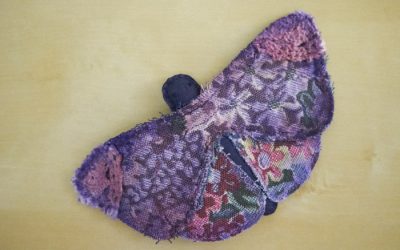
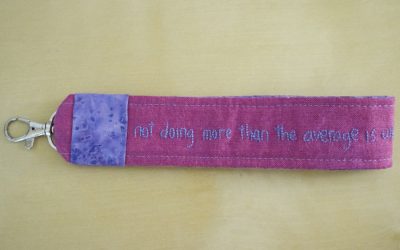
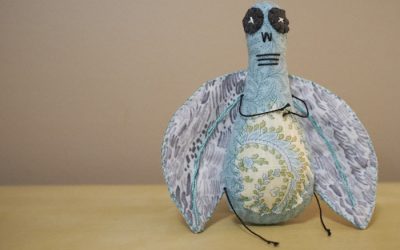
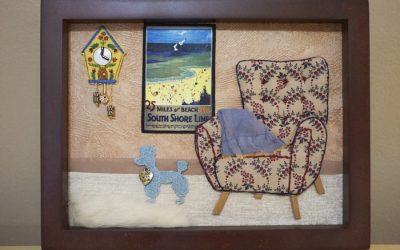
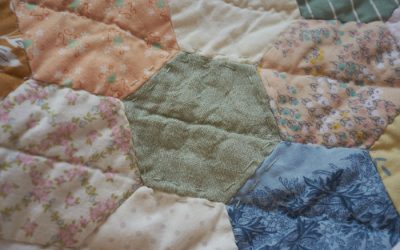
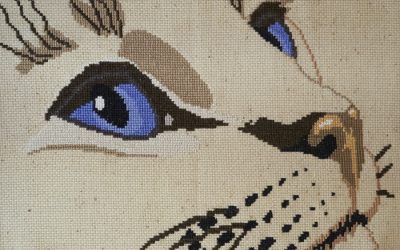
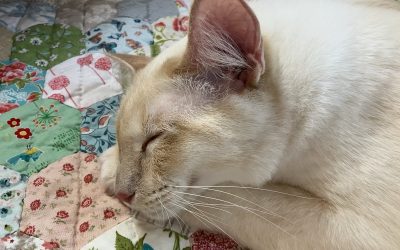
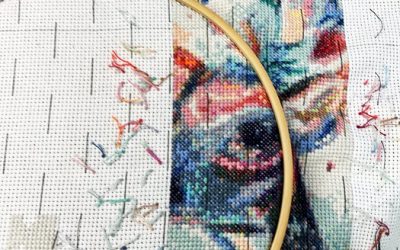
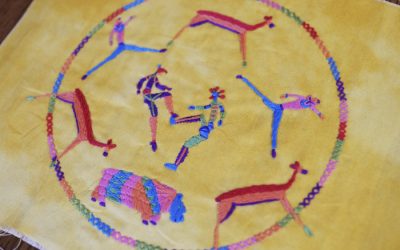
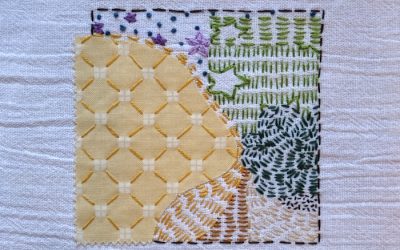
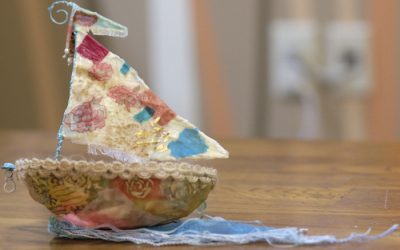

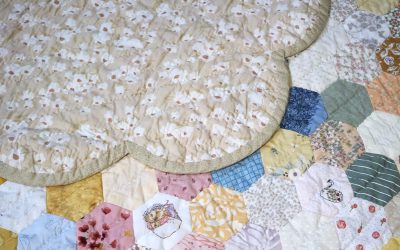
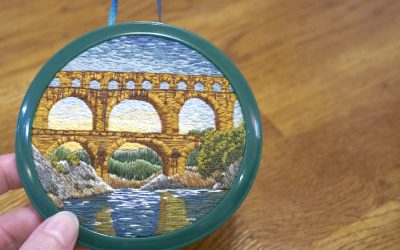
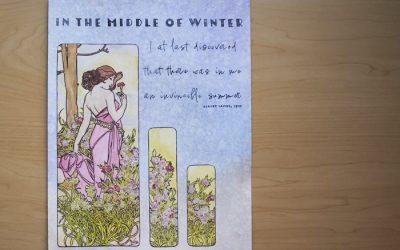
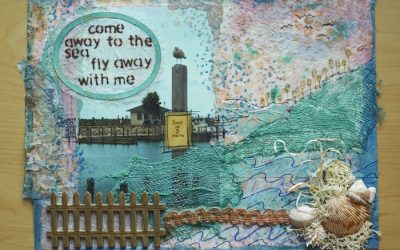
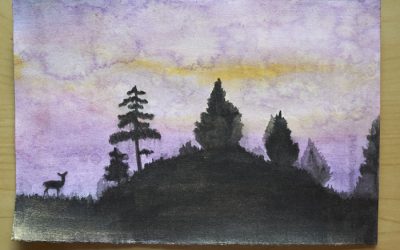

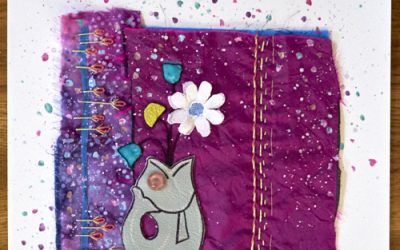
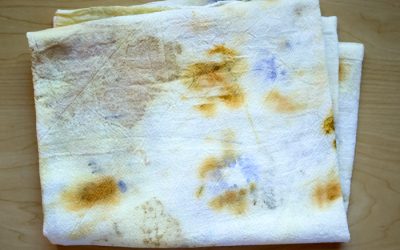
This is gorgeous! I think it is perfect with the minimal embroidery you added. Love love love!!!!
Thank you, Jess!
I quite agree with Jess. The amount of embellishment is perfect.
Thank you, Marjorie!
Truly beautiful. I can see why it’s one of your favorites. Yes, just the right amount of colour.
Thank you so much for the kind remark! I have a few more on hand to work up, but haven’t had a chance just yet. I hope they all turn out as lovely:)